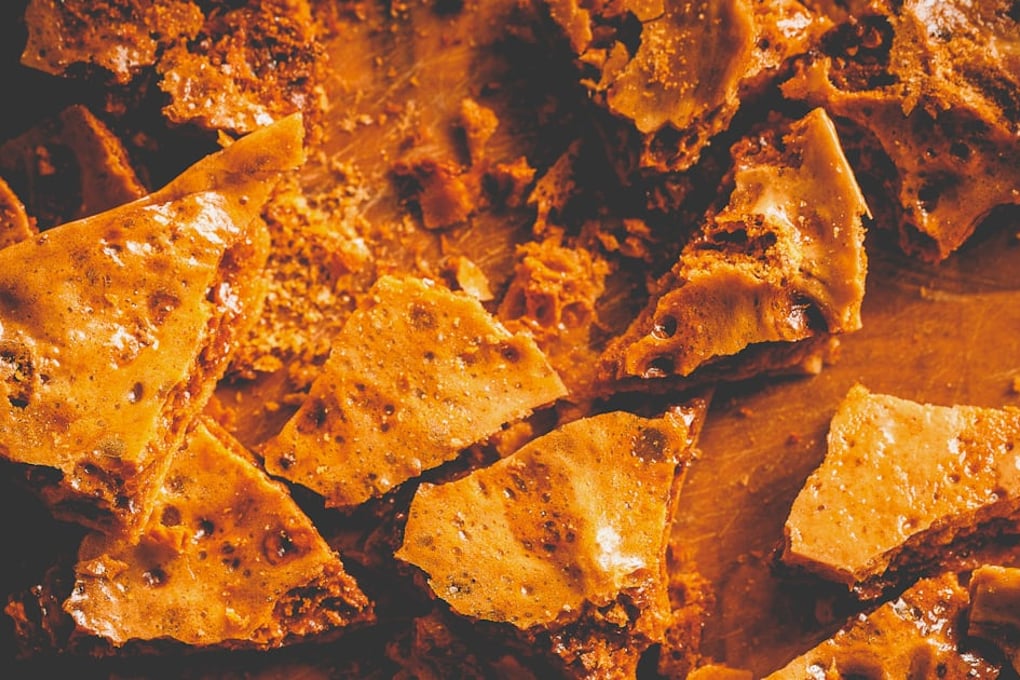Whether it’s a coffee creamer or an excessive amount of Heath bars, toffee is an enigma. Brittle, both sweet and salty, and versatile, toffee remains a mystery. What is toffee? It doesn’t take a lot of effort to munch on a piece of homemade toffee, but it does take some effort to determine the history behind the beloved treat. After some serious Internet digging on my part, here’s everything you need to know about toffee. You’ll be a toffee-connoisseur in no time.
The Origins of Toffee
I don’t know about you, but I assumed toffee was an ancient treat, which is (surprisingly) wrong. Most food historians agree that toffee became popular around the early nineteenth century. This tasty treat was popularized in England, as the country had obscene amounts of butter, one of toffee’s main ingredients. It’s also possible that toffee became popular during this time period thanks to the abundance of cheap sugar from Britain’s trade in the Caribbean.
To verify the timeline of toffee, take a look at The Oxford English Dictionary where it states that the word “toffee” originated in the early 19th century. With that in mind, it’s probably safe to assume that the English and other groups of people were munching on toffee since the early 1800s.
The Basics Behind the Sweet

Well, what is toffee? This treat, which consists of few ingredients, involves caramelizing sugar and butter. I know what you’re thinking: it sounds a lot like caramel. There are actually a few key differences between the two. To put it simply, toffee is cooked at a higher temperature to create that brittle texture we adore so much.
If you’re on the lookout for some solid-tasting toffee, you need to keep some things in mind. First, well-made toffee isn’t too greasy, and it shouldn’t be too hard to bite into. Avoid super thick or gritty toffee. You’ll thank me later.
Toffee Comes to America
Nowadays, toffee is a huge part of American food (the ever-so-beloved Heath bar was invented in 1914). Popular to contrary belief, the toffee of English origin is slightly different than the one Americans know and love. It even has a different name: buttercrunch.
Buttercrunch is different than English toffee, although it’s pretty much the same thing. The difference between the two involves the ingredients. English toffee uses brown sugar, while buttercrunch consists of white granulated sugar. Additionally, American-style toffee uses nuts and various flavorings, while traditional toffee doesn’t use nuts.
Is It Buttercrunch or Toffee?
No worries, I was just as surprised and overwhelmed with emotions as you are right now. Your idea of toffee, aka buttercrunch, as you know it will forever be changed. What is toffee? Have I been unknowingly consuming buttercrunch my entire life? Don’t fret, the name doesn’t matter—both are still ridiculously delicious.
It doesn’t matter what name you give this sweet staple because it’s all the same: butter and sugar. My recommendation? Continue to call it toffee, because honestly “buttercrunch” just doesn’t hold the same catchy ring to it. Keep on doing you, toffee.


